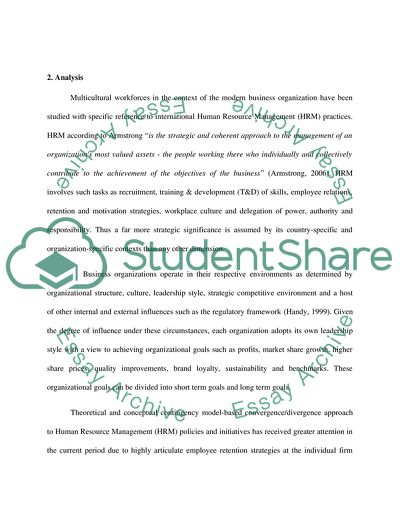Cite this document
(Employers and Business-Critical Needs Dissertation, n.d.)
Employers and Business-Critical Needs Dissertation. Retrieved from https://studentshare.org/human-resources/1736423-hrm
Employers and Business-Critical Needs Dissertation. Retrieved from https://studentshare.org/human-resources/1736423-hrm
(Employers and Business-Critical Needs Dissertation)
Employers and Business-Critical Needs Dissertation. https://studentshare.org/human-resources/1736423-hrm.
Employers and Business-Critical Needs Dissertation. https://studentshare.org/human-resources/1736423-hrm.
“Employers and Business-Critical Needs Dissertation”, n.d. https://studentshare.org/human-resources/1736423-hrm.


